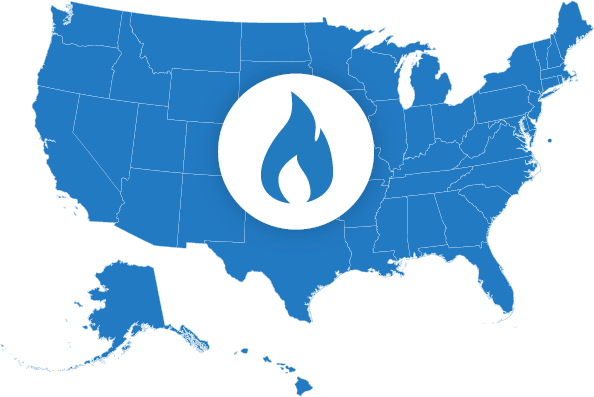The delivery portion of your energy service, as well as the maintenance of pipes, wires and equipment, is still handled by your local utility. If you choose your local utility as a service provider, it will handle both the supply and delivery charges on your bill, and its rate is regulated by the state. Your local utility rate, as set by the state, does not allow the utility to profit from the actual electric or gas portion of your bill. If you choose an alternative supplier of electricity, your local utility is unaffected financially, meaning they will still be able to provide you with the same level of service. If you choose a different supplier, your bill will separate costs by supply and delivery with the REP’s name in the “supply” section.
Deregulation allows consumers to choose from multiple electric suppliers, thereby encouraging a competitive market that will drive down electricity costs and increase the quality of service. Currently, there are 24 states that have some form of electricity deregulation as a result of federal and various state regulations. To find out your state’s deregulation history, visit our Service Areas page.
5 Benefits of Energy Deregulation
1
Freedom to choose your provider
2
Go green with renewable energy options
3
You enjoy improved customer service
4
New incentives and programs
5
No interruption and quick turnaround when you switch

